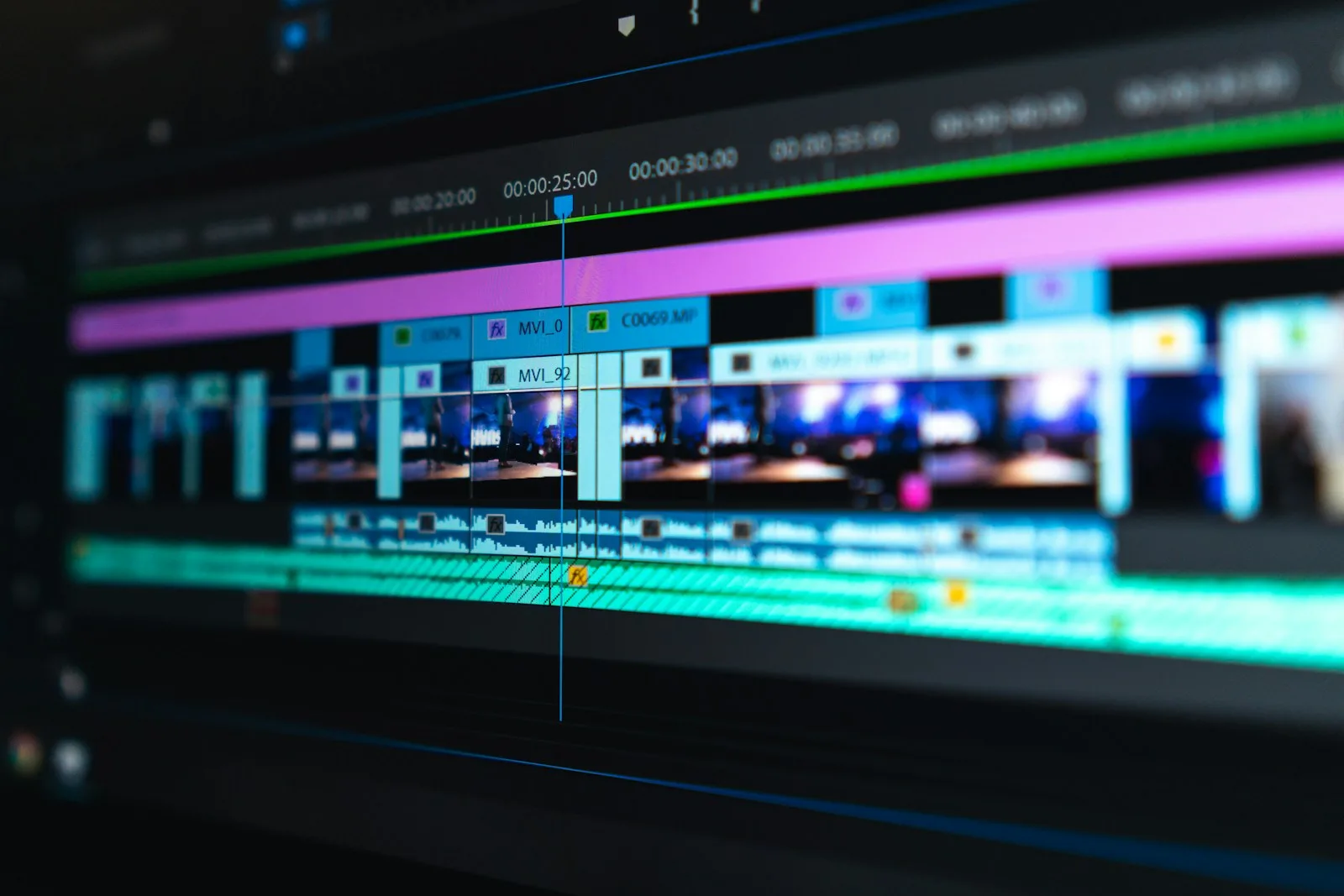
Welcome to the world of video editing, where your creativity transforms raw footage into compelling narratives. Whether you’re a budding filmmaker, a content creator, or just interested in spicing up your personal videos, mastering the art of video editing can open up new avenues for storytelling. This beginner’s guide is designed to walk you through the fundamentals of video editing, helping you navigate the tools and techniques needed to start your journey.
Understanding the Basics of Video Editing
What is Video Editing? Video editing is the process of manipulating and rearranging video shots to create a new work. It involves cutting segments (trimming), re-sequencing clips, and adding transitions and other Special Effects—this is where raw footage becomes a story.
Why Edit Videos? Editing is crucial because it is the key to blending images and sounds to make us feel emotionally connected and sometimes truly there in the film we’re watching. It’s safe to say that video editing is an art form in itself.
Choosing the Right Software
Software Options for Beginners
- Adobe Premiere Pro: A professional-grade software used by many filmmakers and videographers. It’s feature-rich but may be overwhelming for absolute beginners.
- Final Cut Pro: A user-friendly option for Mac users that balances power and usability.
- DaVinci Resolve: Best known for its color grading capabilities, it also offers a robust free version for beginners.
- iMovie: A great starting point for beginners, exclusively on Apple devices, offering basic editing tools and an intuitive interface.
- Shotcut: An open-source program that’s free to use. It has a steep learning curve but is powerful once mastered.
When choosing editing software, consider your budget, the software’s complexity, and the specific features you need. Most platforms offer free trials, so take advantage of those to find the one that fits best.
Essential Editing Techniques
Basic Techniques
- Trimming: Cutting out parts of your video that aren’t necessary.
- Sequencing: Arranging your clips in a way that tells your story coherently.
- Transitions: Adding effects between clips to smooth or highlight changes in the scene.
Advanced Techniques
- Color Grading: Enhancing or altering the color of your video to convey a certain mood or style.
- Sound Editing: Layering sound effects, background music, and dialogue to enrich the viewing experience.
- Effects and Graphics: Incorporating text overlays, special effects, and visual aids to add depth to your narrative.
Best Practices in Video Editing
Keep Your Edits Simple Especially when you’re just starting, it’s tempting to use all the flashy transitions and effects. However, simplicity often results in a more powerful video. The best edits are those that are not noticed by a regular viewer—they enhance the video without drawing attention to themselves.
Tell a Story Always aim to tell a story with your edits. Even if you’re just putting together home videos, think about how the sequence of shots can present a narrative.
Work in Drafts Don’t be afraid to make a rough cut, then go back and refine. Editing is an iterative process. Start with getting the right order and timing, then add transitions, effects, and fine-tune the details.
Save Often Nothing is worse than losing hours of work because of a software crash. Make saving a frequent habit.
Conclusion
Video editing is not just about cutting and joining clips—it’s an art of timing, rhythm, and vision. As you continue to practice and learn, you’ll find your unique style and voice in the editing world. Remember, every professional was once a beginner, and every great film was once just a series of unedited clips.
Key Takeaways:
- Choose the right software based on your needs and budget.
- Start with basic techniques and gradually move to more advanced features.
- Always aim to tell a story with your edits.
